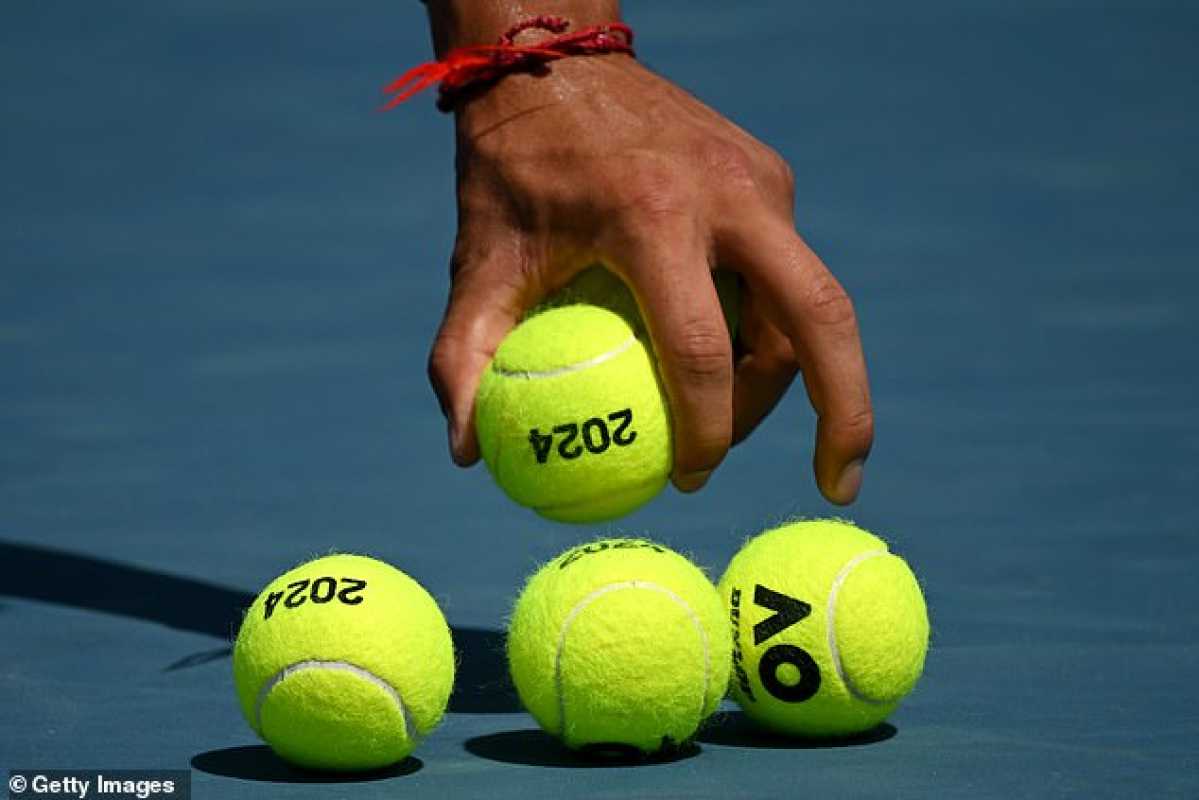Sports
Sir David Attenborough’s Impact on Tennis: The Journey of Tennis Balls from White to Yellow

In the world of tennis, one aspect often overlooked is the color of the balls used in the sport. Today, the iconic ‘optic yellow’ hue is a standard, yet this was not always the case. The journey of tennis balls from white and black to the current vibrant yellow is a fascinating tale, woven into the fabric of the sport’s history and significantly influenced by an unexpected figure – Sir David Attenborough, the legendary nature presenter and former controller of the BBC.
Back in 1967, while working for the BBC, Attenborough identified a significant issue that was impacting the viewer experience. The then-used white or black tennis balls were proving difficult to see on color television. This realization sparked a campaign led by Attenborough for the adoption of a more visible color for the balls, a change that initially met with resistance.
Despite the government’s initial resistance, the push for more visible tennis balls gained momentum. Attenborough’s persistence paid off when, in 1972, the International Tennis Federation approved the introduction of the ‘optic yellow’ ball. This change revolutionized the sport, enhancing the visibility of the balls for both players and viewers.
However, it took another 14 years for Wimbledon to allow the use of yellow balls. The prestigious tournament finally embraced the change, further solidifying the yellow ball as the new standard.
Today, as the Australian Open takes place, fans around the world are captivated by the thrilling matches. Among the standout players, British hopefuls Emma Raducanu, Katie Boulter, and Jack Draper have made it through to the third round. Raducanu, in particular, has showcased impressive skills, securing straight-set wins. Boulter has also shown promise, while Draper’s determination was evident as he triumphed in a grueling five-set match.












